Micah Thanhauser started a fire last Friday while his wife, Emily, set up for s’mores.
The pine wood Mr. Thanhauser set aflame was nestled into a firebox at the base of a large kiln that stands outside of Merry Farm Pottery in West Tisbury.
This is the third time the wood kiln has been fired since its construction on the Island. It is the only functional kiln of its type here, which relies on a constant fire as a source of energy, as opposed to gas or electric kilns.
Hundreds of pots, statues, plates and other ware by various Island artists were stacked into the kiln the week before the door was bricked shut. Many were on-hand Friday to help with the firing.
“A good group of potters tend to be a friendly bunch,” Mr. Thanhauser said. “But on the other hand, potters are almost always alone because you’re just in your studio.”
Bringing the community together is the main reason Mr. Thanhauser starts up the large fire kiln twice a year. The second is for aesthetic reasons.
“You get unpredictable, lively results,” he said. “There’s more collaboration with the kiln and you don’t know exactly what’s going to happen.”
Some of the unpredictability comes from the way the heat interacts with the pieces. As opposed to an electric oven, where heat is equally dispersed, the heat and flame move through the kiln and create various patterns.
Island potters came to celebrate the firing, bringing with them food, stories and examples of their own work to share with each other.
Liz Packer echoed the importance of bringing together Island potters.
“Before you load it up, you can see everybody’s signature. I’m in there with Hollis’ bowl and Micah’s vase,” Ms. Packer said. “Artists can be very independent. So to be able to come together . . . . We can’t do this without a group. We’ve got everyone. We’ve got rookies, we’ve got experienced artists. This is the best part. What comes out of the kiln is a by-product of the community.”
Once a wood kiln is set in motion, it needs constant supervision to keep the flame going. The weekend was broken up into shifts with two people assigned to each rotation. The overnight shift went from midnight to 6 a,m. and had two simple rules: don’t let the fire go out and don’t start any fires outside the kiln.
Claus Smith, a junior at the regional high school, was excited to be there, even for the graveyard shift.
“This is my first wood firing. It’s a learning experience for me,” he said. “It’s such a unique and rare experience to take part in a wood kiln, let alone having pieces in it.”
Mr. Thanhauser grew up on the Island and studied pottery at the regional high school, where he first came in contact with a wood kiln.
“That’s how I got started doing pottery, in high school with Scott Campbell,” he said. “He would take a group of high school kids and fire the wood kiln at Featherstone at the end of every school year. It was my favorite part of the whole year. We would camp out, stay up all night, cook potatoes and stuff on the fire. It was the best.”
Mr. Thanhauser went on to study pottery at Brown University and Rhode Island School of Design. After college he gained more experience, traveling throughout the United States and abroad in Japan. While working in North Carolina as an apprentice, he purchased the bricks that would later become his kiln.
Mr. Thanhauser shipped the bricks to the Vineyard when he and his wife moved back to the Island. The bricks sat outside his West Tisbury studio for several years. He eventually built the kiln with Rob Pajor, Gordon Moore and two friends from North Carolina — Eric Knoche and Gilan Doty.
It was fired for the first time in September 2023.
“After the first firing, I had a panic attack, which I have never had in my life, but I was so nervous about everything,” Mr. Thanhauser said. “After that firing was over, I swore that I was never going to do this again.”
But he regrouped and fired the kiln again last year.
“The second firing went very smooth, and I was nervous, but not as much,” he said.
On Saturday morning, Ms. Packer and Byron Sherwood were keeping watch. Ms. Packer had a platter, a bowl and several vases firing in the kiln. Mr. Sherwood had cups inside, and his daughter and nieces had pieces firing as well — small statues of a dog and sea sponges.
Mr. Thanhauser joined his fellow sentinels with his three-month-old son Louie strapped to his chest. The main opening of the firebox was closed off with bricks, and two fires were built along the sides of the kiln’s base. This pushed the heat in from a different direction to ensure it was circulating evenly inside.
Mr. Sherwood checked the pyrometer — 933 degrees and slowly climbing — then added more wood to the fire.
Mr. Thanhauser is no stranger to monitoring a flame. His home and studio are also heated by fire.
“I want to hear a hearty crackling...a healthy roar later on,” he said. “It starts really small, then speeds up. At the end it’s like wood, wood, wood.”
The firing came to an end around 9 a.m. Sunday morning.
“I heard a rumbling and then a few pots rolled out of the kiln like from a gumball machine,” Mr. Thanhauser said.
The pieces that rolled out were fully fired.
“That was our cue to start wrapping things up.”
The potters covered the firebox with bricks and used a sand clay mixture to seal the kiln. If cool air got in, the temperature could drop, potentially cracking the pottery. The kiln would have to cool before Mr. Thanhauser could open the door and discover the source of the sound or see how the pottery fared.
On Wednesday, the kiln was still warm to the touch but cool enough to open. The brick door was removed, revealing that a post had collapsed inside. Some of the pottery had been crushed. A cup had melded to the wall of the kiln, but otherwise most of the ware had survived. “There’s some great carnage,” Mr. Thanhauser told the group of potters who had joined him to help unload the kiln.
Everyone lined up to pass the pieces of pottery from the kiln to the tables set up nearby.
Tegan Gale, who graduated from the regional high school in the spring, was at the front of the line alongside Mr. Thanhauser.
“Unloading it is really fun,” he said. “Like when you first take down the door, there’s so much anticipation that goes into it. There’s so much work that goes into it.”
As pieces were sent down the line, artists complimented each other and discussed the results of specific glazes. Ms. Packer brought cupcakes, which were soon surrounded by vases, plates and platters. As one of her vases moved down the line, she stopped to look it over.
“It’s so cool because you don’t know, and you don’t want to know because if you could control it, then what’s the point?” she said.
Merry Farm Pottery will host an opening to display the fire kiln work and more on Saturday, Dec. 7 from 10 a.m. to 5 p.m.

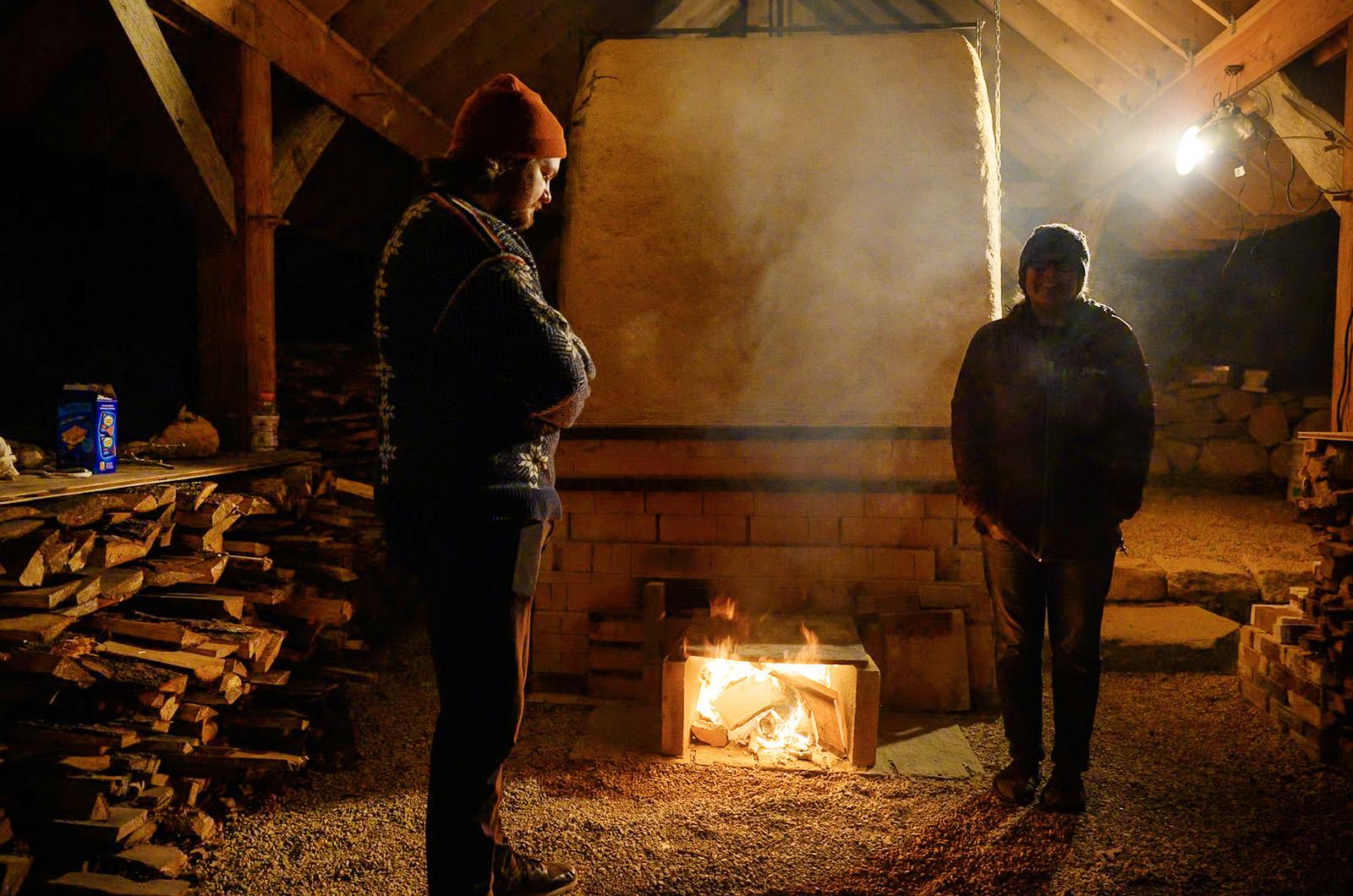
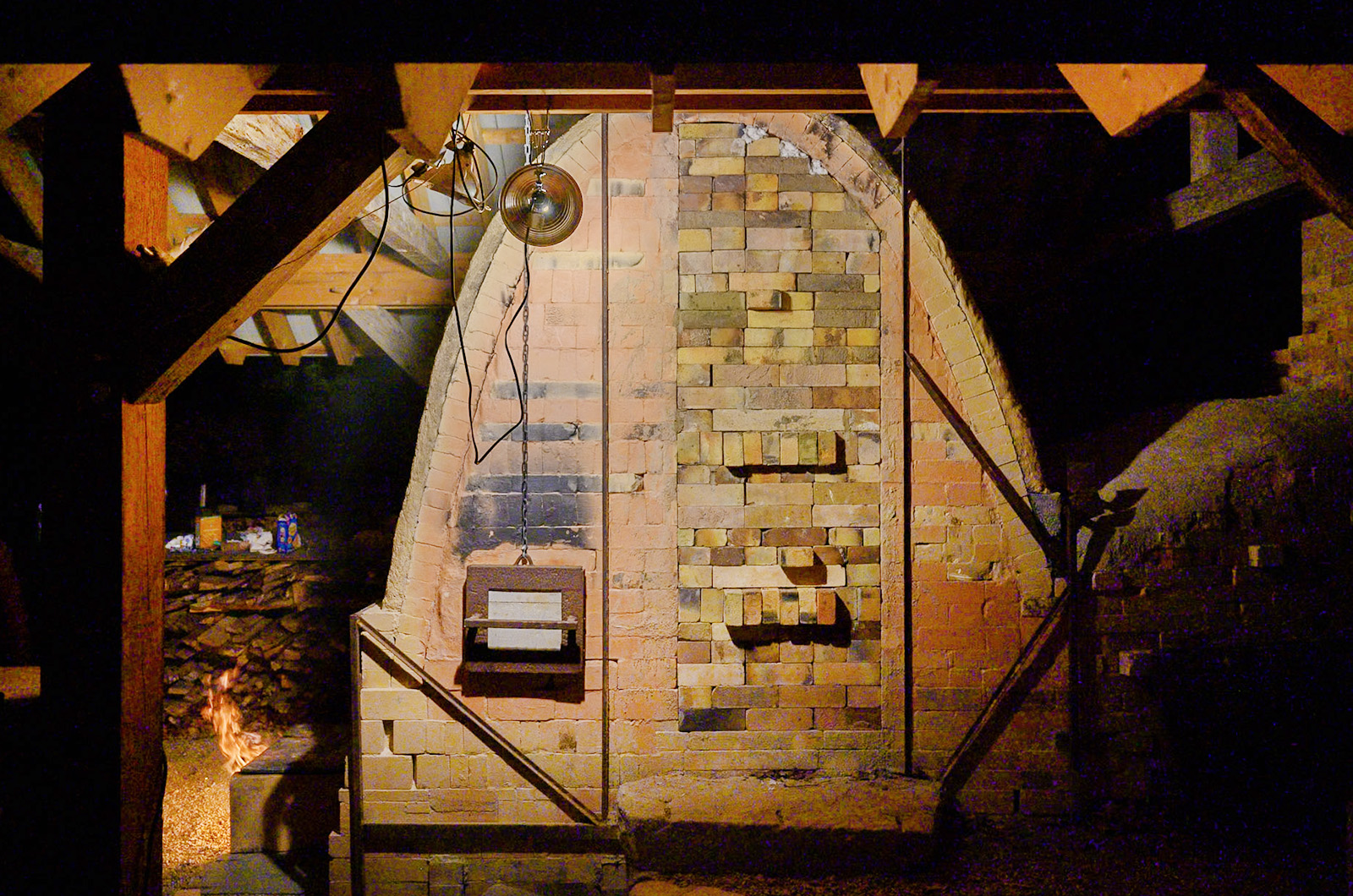
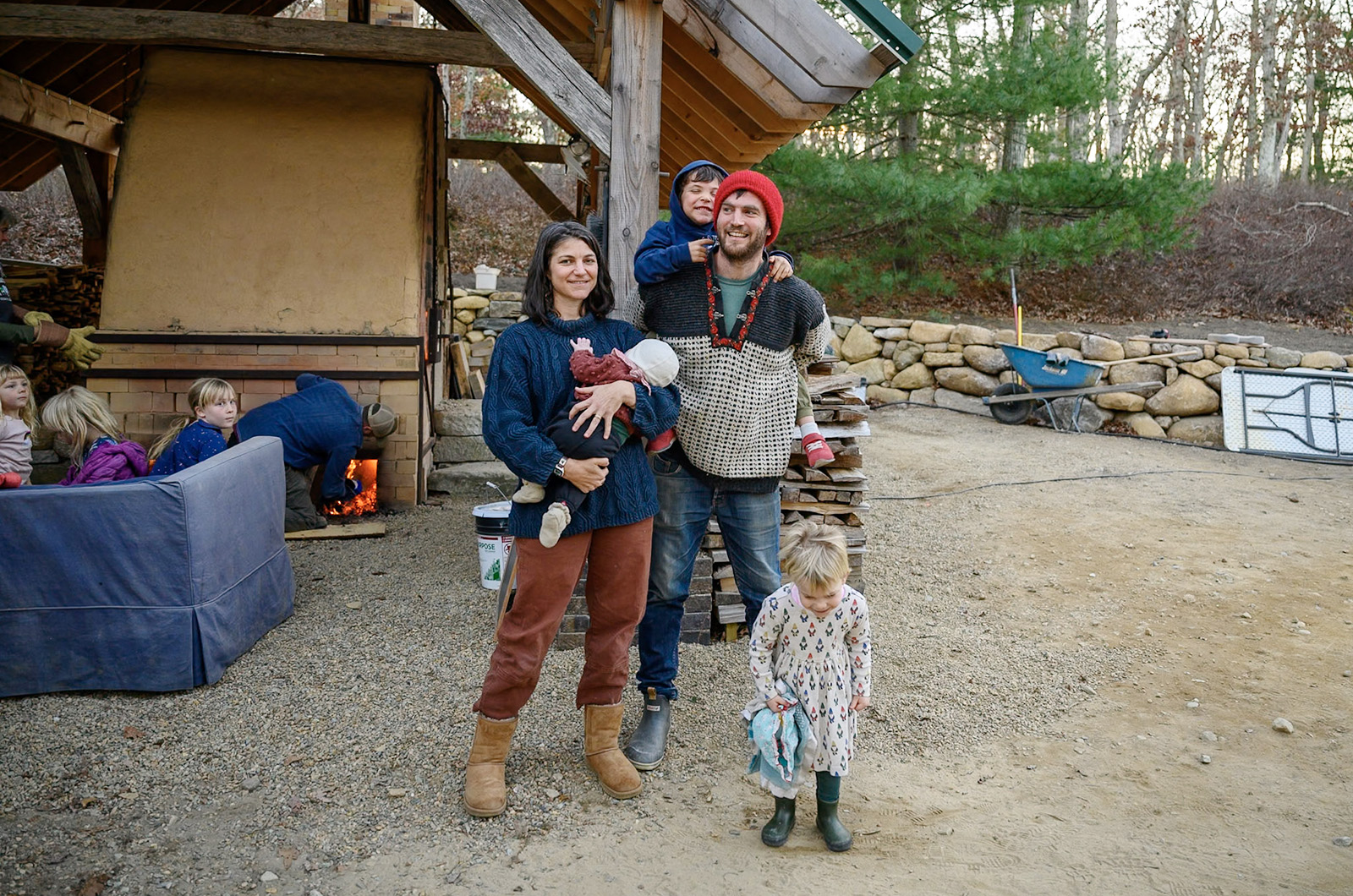
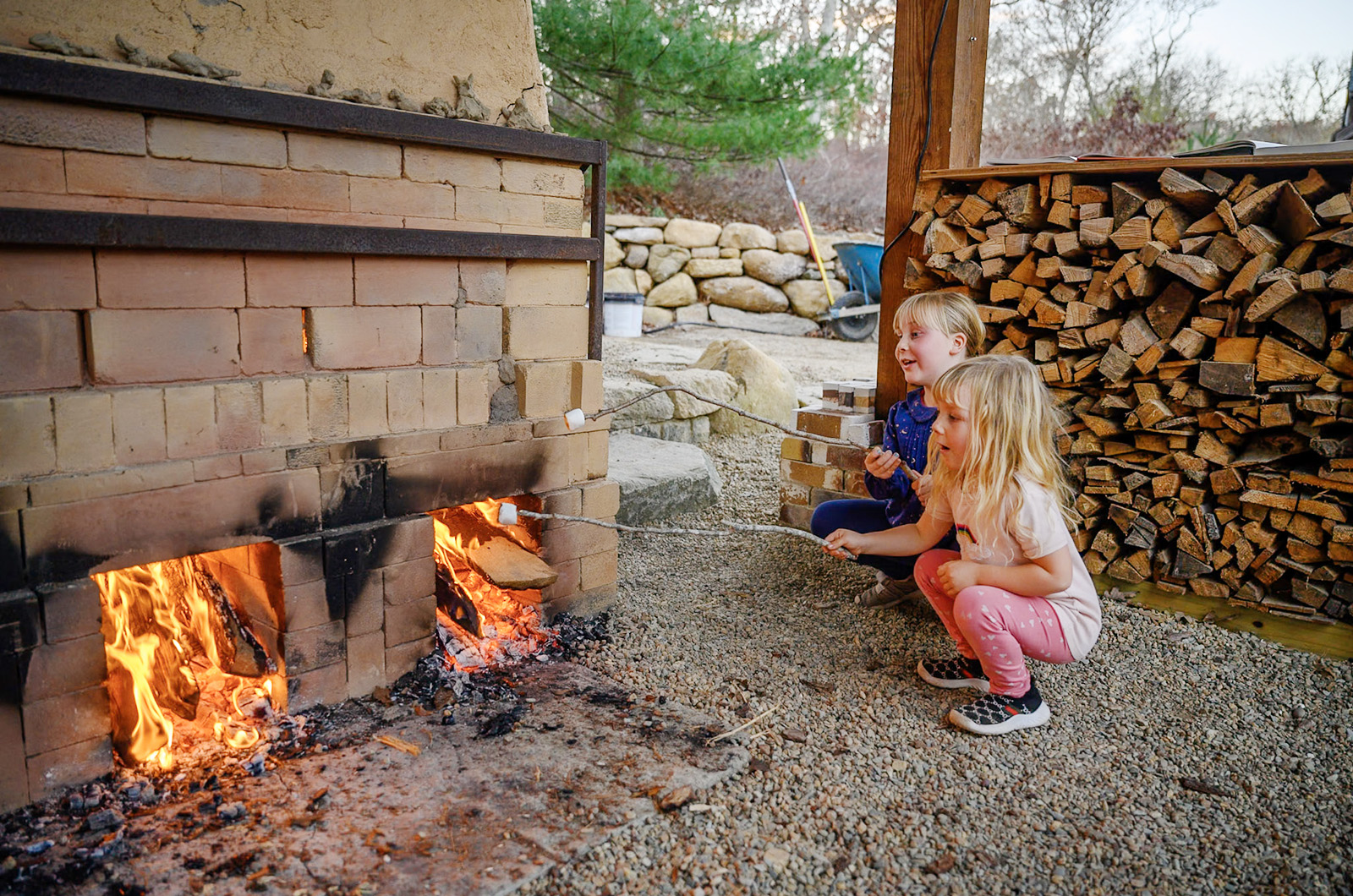
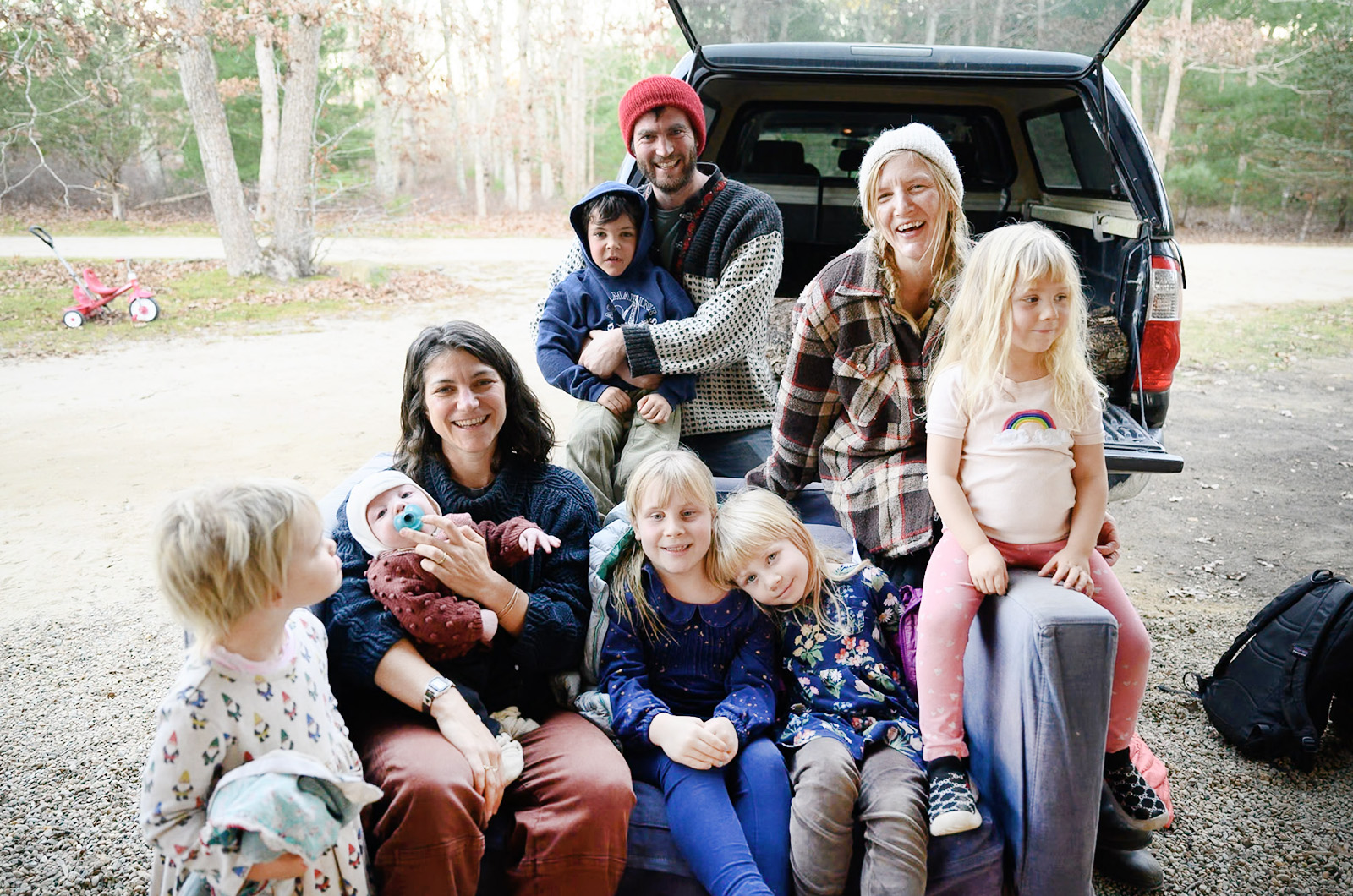
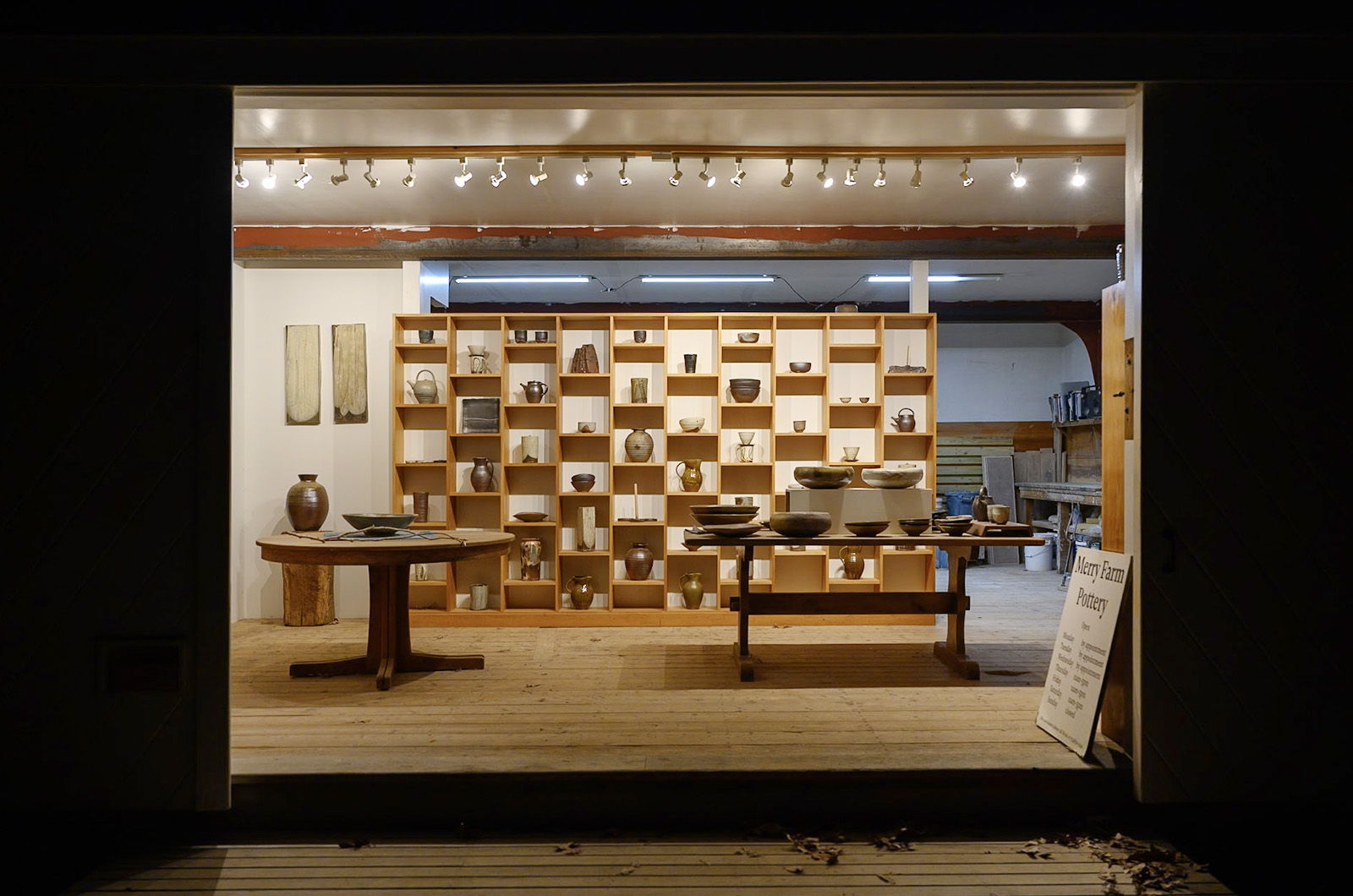
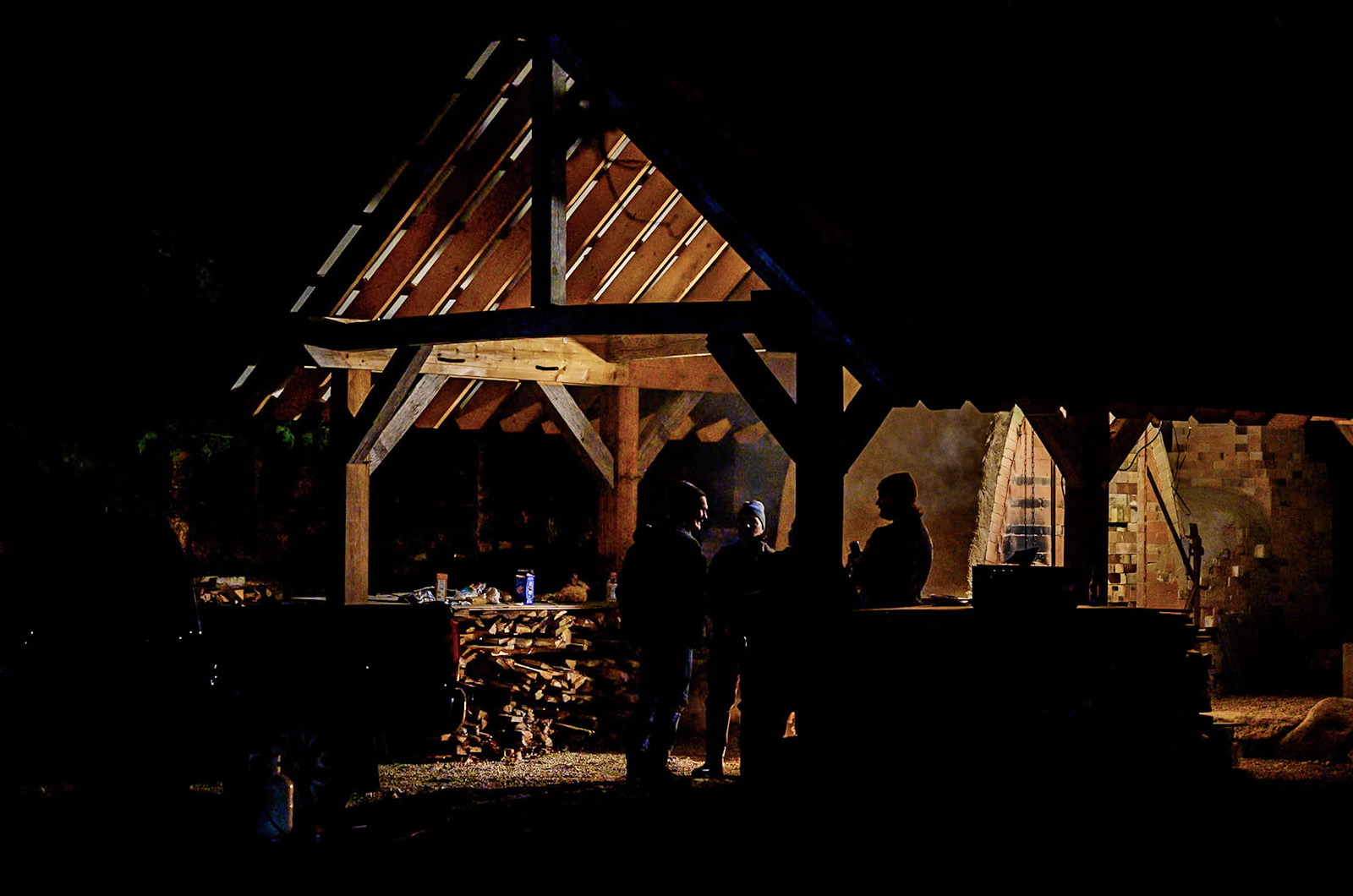
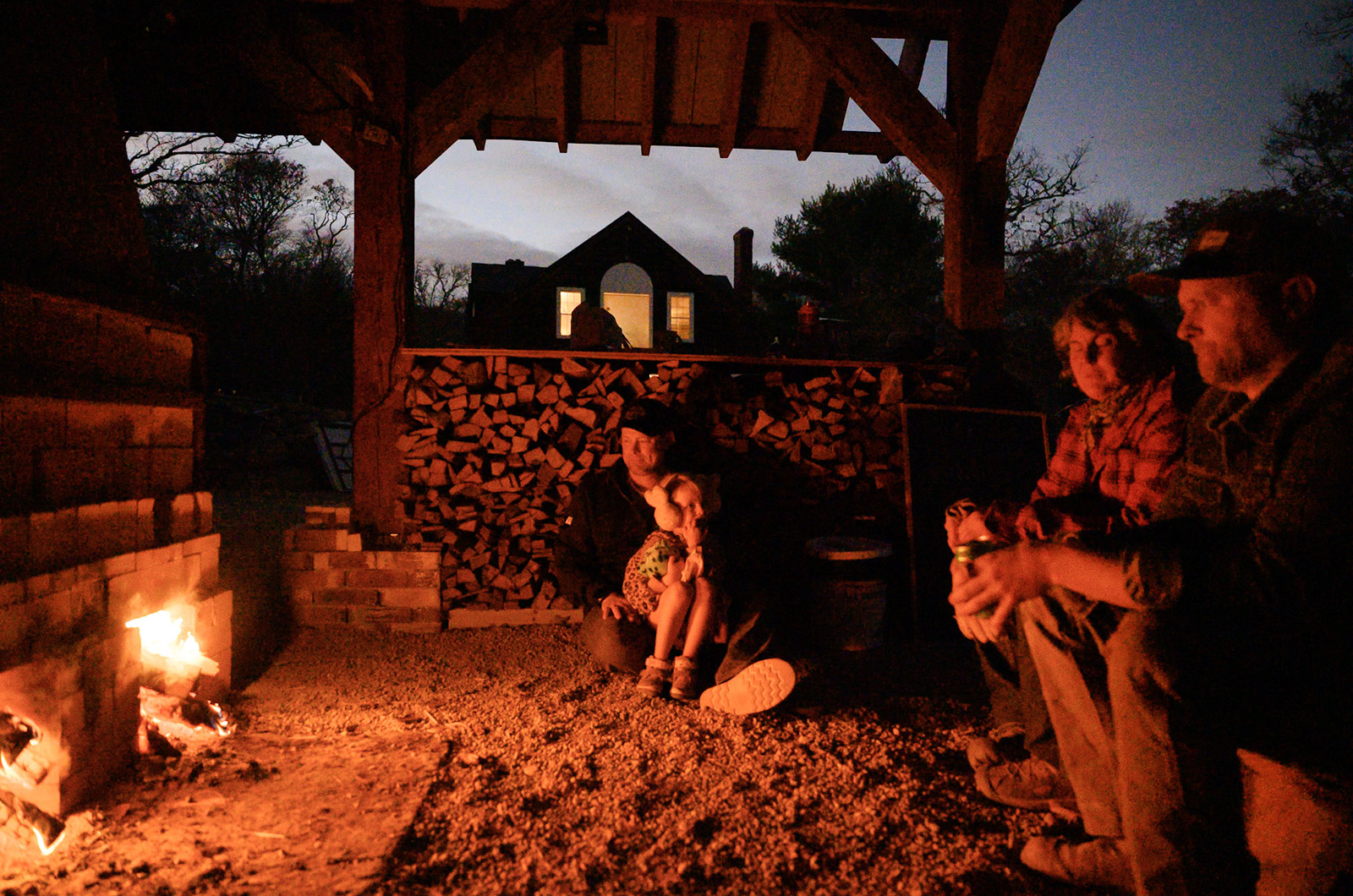


Comments (3)
Comments
Comment policy »